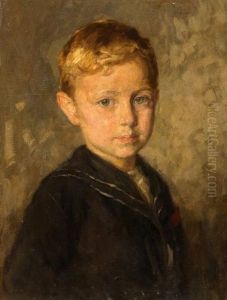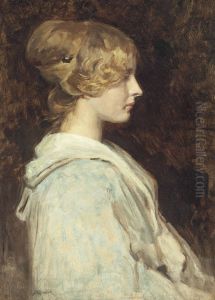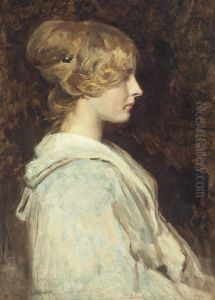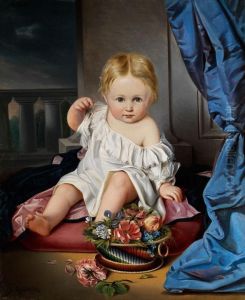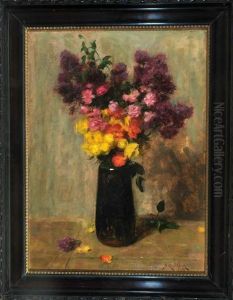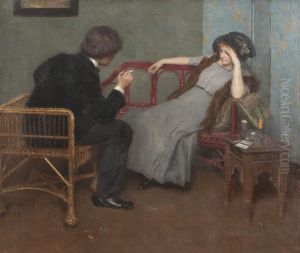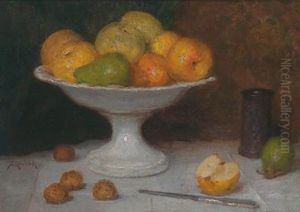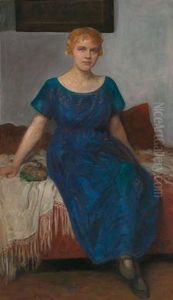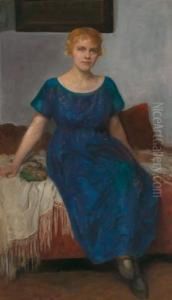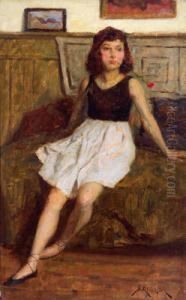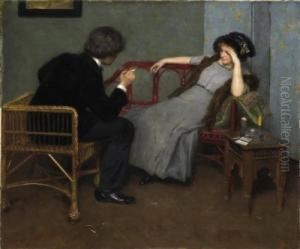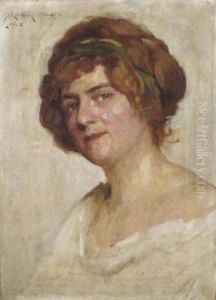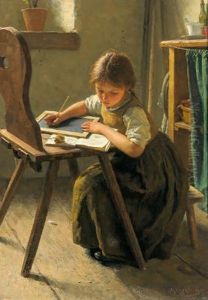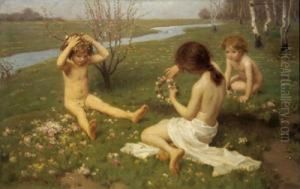Simon Glucklich Paintings
Simon Glücklich was a Polish-born artist whose work spanned the late 19th and early 20th centuries. Born in Bielitz (now Bielsko, Poland) in the Austro-Hungarian Empire, Glücklich was part of a generation of artists who sought to explore new artistic expressions while being deeply rooted in classical traditions. His journey into the arts led him to study at the Academy of Fine Arts in Vienna, where he was influenced by the academic painting style of the time, characterized by its emphasis on realism and classical themes.
Glücklich's work is known for its emotional depth and technical proficiency. He was particularly adept at capturing the nuances of human expression and the subtleties of light. His subjects often included genre scenes, portraits, and religious themes, each imbued with a sense of warmth and humanity. Among his notable works is 'Spring', a painting that beautifully encapsulates his skill in portraying light and emotion, making ordinary scenes extraordinary with his attention to detail and color.
Throughout his career, Simon Glücklich received several accolades for his contributions to art. He was a respected member of the artistic communities in both Austria and Germany, where he spent significant portions of his life. Despite the acclaim, Glücklich's work, like that of many of his contemporaries, was somewhat overshadowed by the radical shifts in art that characterized the early 20th century, such as the rise of modernism and abstraction.
The upheavals of the 20th century, including the two World Wars, had a profound impact on Glücklich's life and work. Nevertheless, he continued to paint, finding solace and expression in his art amid the changing world around him. Simon Glücklich passed away in 1943, leaving behind a legacy of work that continues to be appreciated for its beauty, technical skill, and emotional resonance. His paintings can be found in various collections and museums, serving as a testament to his talent and the enduring appeal of his artistic vision.
